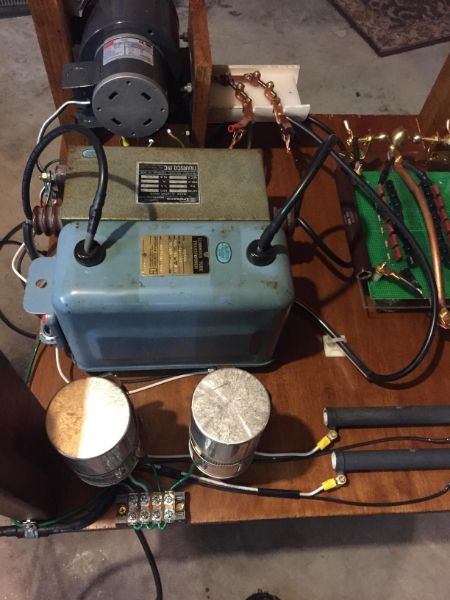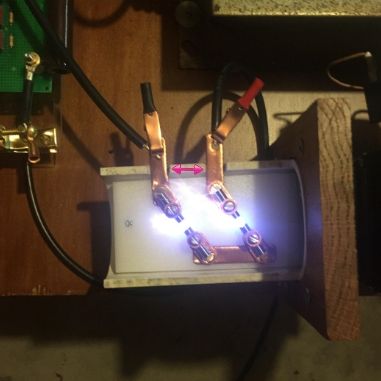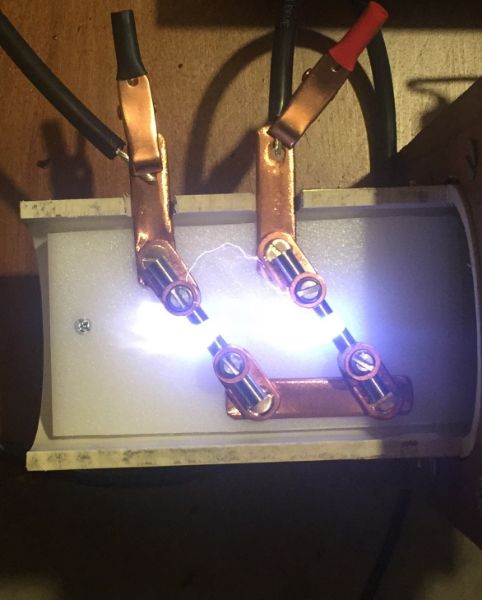Sigurthr
0
- Joined
- Dec 11, 2011
- Messages
- 4,364
- Points
- 83
ugh. I enjoy build this but ill be happy when its done.
Welcome to the world of Tesla Coiling!
Seriously though, this feeling is the best and worst part of it. It never freaking ends either because as soon as you finish one, you tend to start another. One day I'll get around to finishing my big coil.
In the mean time I've been working on debugging Fiddy's plasma speaker coil.









